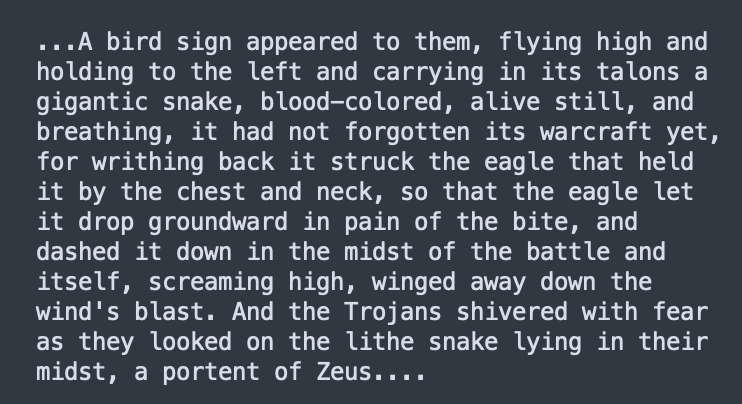Lakonian Black-Figure Kylix depicting a snake eagle flying to the left, gripping the neck of a snake in its beak and clutching the serpent's long, undulating body in its talons. 530 BC. Currently in the Getty Villa.
From the Getty page: "In the Iliad, the poet Homer described an omen seen by the Trojans as they were attacking the Greek forces. Signifying the eternal conflict of the forces of the earth and the sky, the motif of the battling eagle and snake was used throughout antiquity"...
The eagle fighting a snake can of course be seen as the depiction of the fight between the forces of earth and sky. But is this the only meaning of this image?
Eagle-Snake struggle mosaic from the palace of the Emperor Justinian I (527-565), Istambul.
This is a complex animal calendar marker for the thunderstorm season in Europe Apr/May - Sep/Oct...
when migratory snake eagles can be seen in Europe...
I talked about this in my post "Eagle snake struggle"...
The snake eagle is also a migratory species in Western Anatolia, where Troy is located...So the only time when the Trojans could have seen a snake eagle flying over the battlefield carrying a snake in its beak was during the summer, Apr/May - Sep/Oct...Significant? 🙂
The same animal calendar marker, snake eagle carrying a snake in its beak, used for the same time of the year, on this complex Mesopotamian calendar encoded using animal and plant calendar markers.
I talked about it in my post "Adda seal"...
The same symbol (animal calendar marker), eagle fighting snake, depicted on this gold plaque excavated from the Majiayuan cemetery in Zhangjiachuan, Gansu Province, China and dated to 5th-3rd c. BC.
I talked about this beautiful object in my post "Snake eagles from Inner Mongolia"...
That's it. To read more about ancient animal and plant calendar markers, start here…Then check my twitter threads I still didn't convert to blog post...I am way way behind...







No comments:
Post a Comment